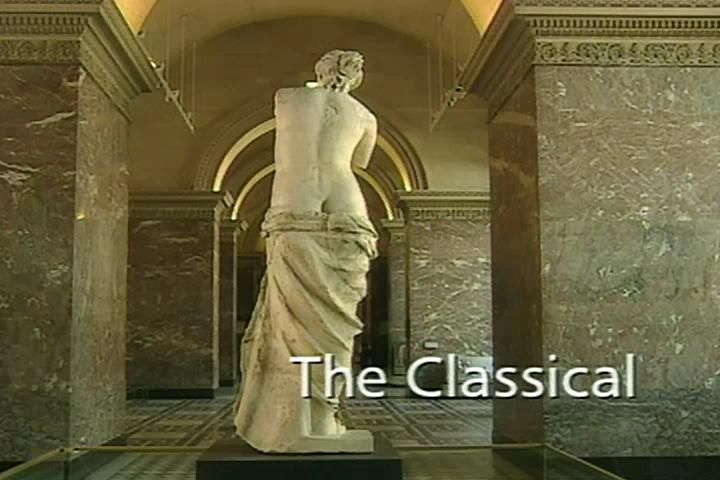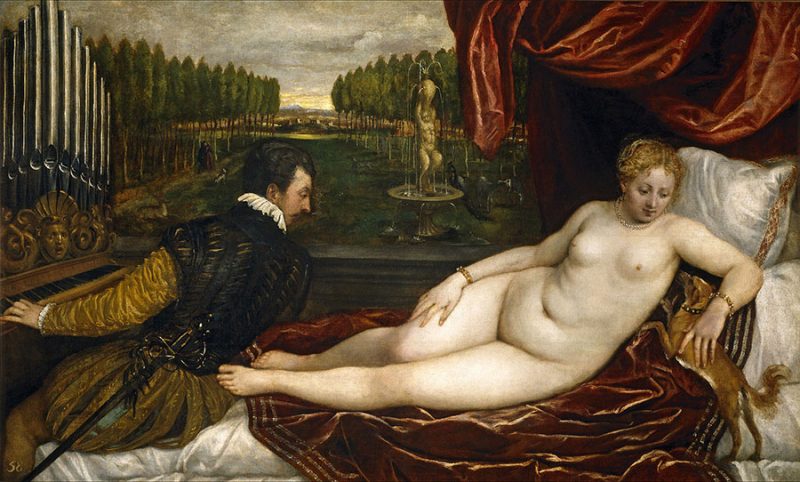The Nude in Art episode 1 – The Classical: examines art such as The Venus de Milo and the Venus of Willendorf. Through images such as these, we can learn why man first illustrated the human body in these specific ways.
If there is one genre of art that seems to have played a greater role than any other, it is the nude. For at least 30,000 years, humans have represented the naked form in a variety of ways. From the ideal to the real, the Romantic to the Surrealist, there has been almost no end of works devoted to the unclothed human body. This four part series will examine those artworks, the societies that produced them and the artists that made them.
The Nude in Art episode 1 – Venus de Milo
The Venus de Milo is an ancient Greek statue and one of the most famous works of ancient Greek sculpture. Initially it was attributed to the sculptor Praxiteles, but from an inscription that was on its plinth, the statue is thought to be the work of Alexandros of Antioch. Created sometime between 130 and 100 BC, the statue is believed to depict Aphrodite, the Greek goddess of love and beauty; however, some scholars claim it is the sea-goddess Amphitrite, venerated on Milos. It is a marble sculpture, slightly larger than life size at 203 cm (6 ft 8 in) high. Part of an arm and the original plinth were lost following its discovery. It is currently on permanent display at the Louvre Museum in Paris. The statue is named after the Greek island of Milos, where it was discovered.
Venus of Willendorf
The Venus of Willendorf is an 11.1-centimetre-tall (4.4 in) Venus figurine estimated to have been made 30,000 BCE. It was found on August 7, 1908 by a workman named Johann Veran or Josef Veram during excavations conducted by archaeologists Josef Szombathy, Hugo Obermaier and Josef Bayer at a paleolithic site near Willendorf, a village in Lower Austria near the town of Krems. It is carved from an oolitic limestone that is not local to the area, and tinted with red ochre. The figurine is now in the Naturhistorisches Museum in Vienna, Austria.




